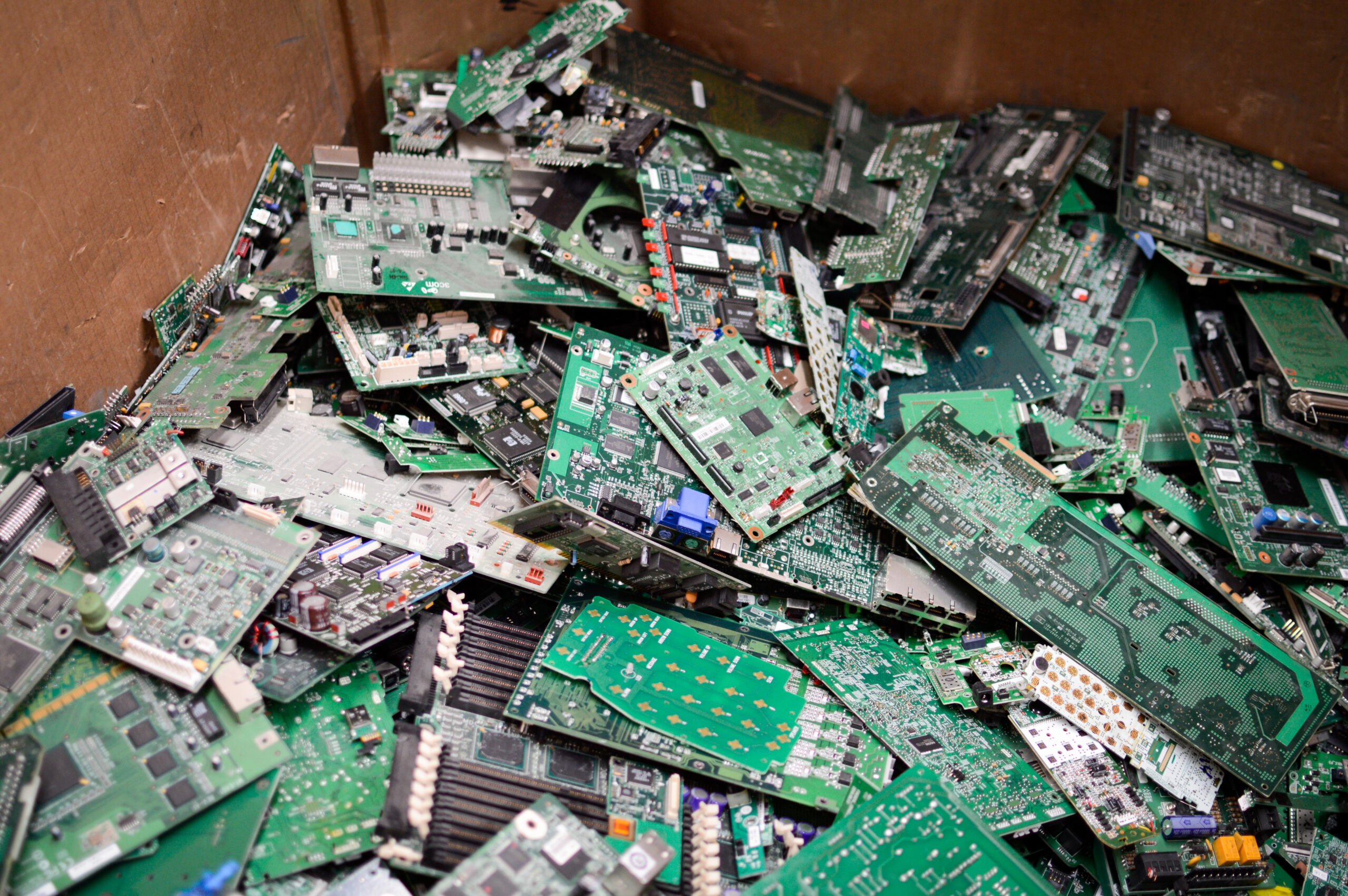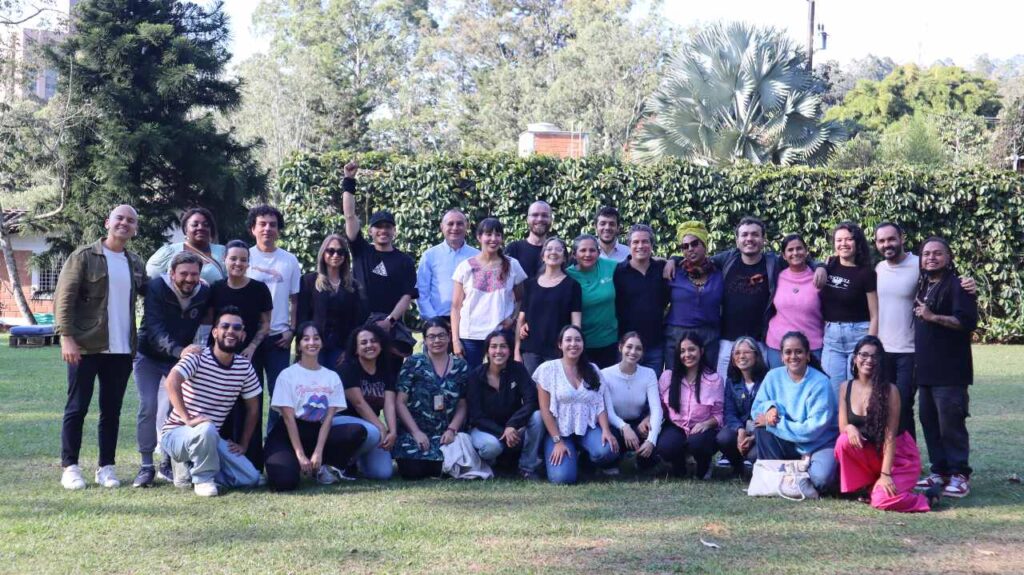By Wilkista Akinyi Junior Programme Officer – Green Energy
Transition to renewable energy is recognized as a low-carbon emission pathway to development. Moreover, decentralized renewable energy (DRE) solutions are encouraged in off-grid communities and displacement settings to accelerate energy access and poverty eradication. It therefore goes without saying that DREs have gained market penetration in developing countries in the past decade and will continue to do so. This includes the use of pico-solar products (pico-solar in energy refers to small portable solar products that are mostly used for lighting such lanterns and torches), solar home systems, clean cookstoves, and biodigester units by households. But notable is the increased penetration of solar in Africa without as comparable level of attention to its e-waste management. In Sub Saharan Africa, there are a few organizations are already setting the pace in tackling solar e-waste management. This includes the Collaborative Labeling and Appliance Standard Program (CLASP) which in 2019, launched a US$ 1.4 million solar e-waste innovation prize with support from USAID, and in partnership with global association for the off-grid solar energy industry (GOGLA) which has developed a toolkit on solar e-waste management.

Disposal of renewables is something we have to think about
While solar off-grid waste accounts for just 0.1 per cent of global e-waste stream, the significance will rise as more solar uptake occurs both regionally and internationally. According to the global off-grid solar market report (July to December 2019), the off-grid solar industry provided energy to over 100 million households around the world. Further, the world recorded a sale of 8.5 million lighting products and 1.2 million appliances in 2019 alone. Suppose we assume a product lifetime of 10 years for approximately 50 per cent of above products sold in 2019, it implies that by 2029 we will have at least 4.5 million products and/or appliances rendered obsolete. Without a proper waste management plan, these products will eventually end up as non-biodegradable waste resulting to land, water and/or air pollution. This is just a snapshot to the number of solar gadgets amounting to billions that have/continue to penetrate the world as we aim to achieve the 2030 ambitious global target of sustainable energy access for all. In short, we are making good progress by promoting and investing in clean energy access but may equally be creating a pandora’s box whereby the very solutions expected to reduce global emissions and help combat climate change will be the root cause of our future problems. It is therefore difficult to understand and determine what sustainability should look like in our quest to protect nature. In environmental management, such complexities constitute what is referred to as ‘wicked problems’ – which in lay man language are often defined as problems that are difficult or impossible to solve. Which is why when thinking about nature and restoration of biodiversity, we must apply visionary strategies to technology adoption; sustainability must go beyond the product end of life (EOL).
Some e-waste management initiatives
In advanced renewable energy markets such as the European Union where solar technology long reached maturity, having a proper e-waste management plan by product manufacturers is mandatory – it includes the manufacturer bearing the cost of collection and recycling solar equipment and accessories from the users once the product life-time elapses. In Kenya, the Waste Electrical and Electronic Equipment (WEEE) Centre – an e-waste recycling company, is already establishing itself as a champion for e-waste management and aims to stretch its work across the continent. Unfortunately, in a highly technology-driven era where gadgets like mobile phones, radios, televisions, computers, laptops and refrigerators among other appliances are now produced and consumed faster than we can count, a focus on e-waste management specifically targeting DRE products such as solar appliances may continue to be a drop in the ocean.
How do we move forward?
To solve the future’s rising pile of e-waste which today bridges the energy access gap by providing modern and clean energy solutions to over 100 million people globally, attention must be accorded to proper handling of DRE e-waste especially; batteries, panels, pico products (such as solar lanterns) and other solar components. Beyond channeling of resources towards the research and development of appropriate e-waste management methods in Sub Saharan Africa, we must also emphasize on the execution of DRE e-waste management measures by the respective product manufacturers as a pre-purchase or supply condition.




